
Pennelli, coraggio e un tocco di vendetta
Brushstrokes, courage, and a touch of revenge
Una donna che brillava nell’epoca barocca
A woman who shone in the Baroque era
In una professione dominata dagli uomini, una donna riesce a distinguersi: Artemisia Gentileschi. Nata a Roma nel 1593, oggi è considerata una delle pittrici più talentuose della generazione successiva a quella di Caravaggio. In un’epoca in cui le donne pittrici non erano facilmente accettate nella comunità artistica, Artemisia fu la prima donna a diventare membro dell’Accademia di Arte del Disegno a Firenze.
In a profession dominated by men, one woman stood out: Artemisia Gentileschi. Born in Rome in 1593, she is now considered one of the most talented painters of the generation following Caravaggio. At a time when women artists were rarely welcomed into the art community, Artemisia became the first woman to be admitted to Florence’s Accademia di Arte del Disegno.
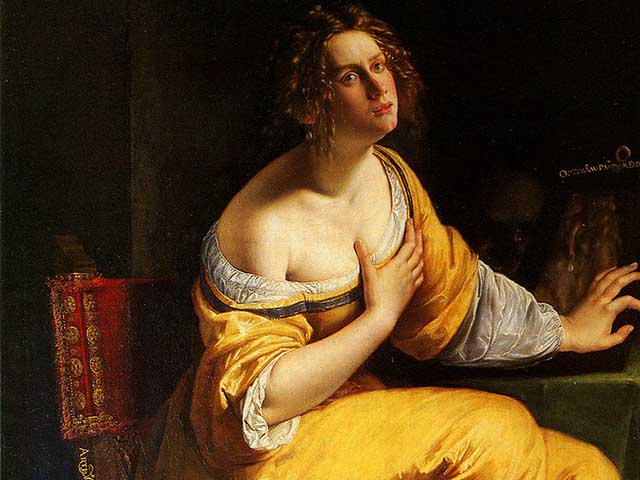
Un tocco di Caravaggio… ma con personalità
A touch of Caravaggio… but with personality
Il suo caratteristico chiaroscuro, con effetti di luce drammatici, ricorda in molti modi lo stile di Caravaggio. Suo padre stesso si ispirava a Caravaggio, influenzando così anche la giovane Artemisia. Tuttavia, col tempo, lei superò persino il maestro paterno. Mentre altre pittrici si dedicavano a nature morte o ritratti, Artemisia si specializzò in grandi scene storiche, racconti biblici e soggetti mitologici.
Her signature chiaroscuro, with bold spotlight effects, recalls Caravaggio’s dramatic style. Her father took inspiration from Caravaggio, which in turn shaped Artemisia’s early work. Over time, though, she surpassed her father’s artistry. While many female painters focused on still life or portraiture, Artemisia specialized in grand history paintings, Biblical narratives, and mythological subjects.

Una vita segnata dalla prova e dal coraggio
A life marked by trial and courage
Da giovane, Artemisia fu vittima di stupro e costretta a subire un processo pubblico lungo sette mesi. L’uomo accusato era Agostino Tassi, pittore che suo padre aveva assunto per darle lezioni. Durante il processo, Artemisia fu sottoposta a più esami ginecologici e persino alla tortura dei pollici per verificare la sua testimonianza. Alla fine, Tassi fu condannato a un anno di prigione, ma non scontò mai la pena.
As a young woman, Artemisia was raped and forced to endure a public trial that lasted seven months. The accused was Agostino Tassi, a painter her father had hired to teach her. During the proceedings, Artemisia endured multiple gynecological examinations and even thumbscrew torture to prove her truthfulness. Tassi was sentenced to one year in prison, but he never served his time.
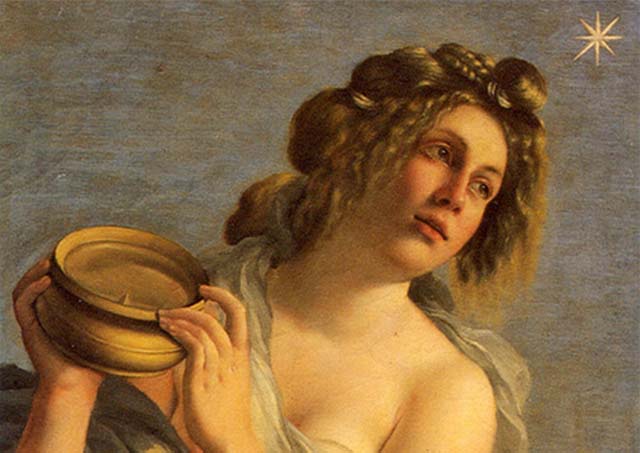
Una vita segnata dalla prova e dal coraggio
A life marked by trial and courage
Da giovane, Artemisia fu vittima di stupro e costretta a subire un processo pubblico lungo sette mesi. L’uomo accusato era Agostino Tassi, pittore che suo padre aveva assunto per darle lezioni. Durante il processo, Artemisia fu sottoposta a più esami ginecologici e persino alla tortura dei pollici per verificare la sua testimonianza. Alla fine, Tassi fu condannato a un anno di prigione, ma non scontò mai la pena.
As a young woman, Artemisia was raped and forced to endure a public trial that lasted seven months. The accused was Agostino Tassi, a painter her father had hired to teach her. During the proceedings, Artemisia endured multiple gynecological examinations and even thumbscrew torture to prove her truthfulness. Tassi was sentenced to one year in prison, but he never served his time.
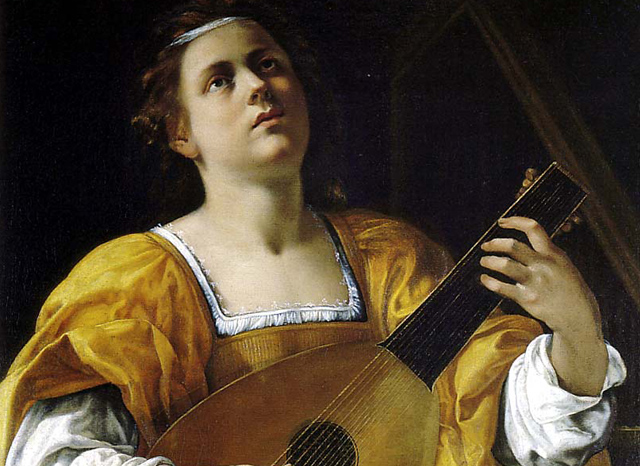
L’arte come vendetta e affermazione
Art as revenge and affirmation
Artemisia portò nelle sue opere un senso narrativo elettrizzante e una prospettiva unica che celebrava e umanizzava le donne forti. Il suo capolavoro più famoso, Giuditta che decapita Oloferne, ritrae il momento più cruento della scena biblica: Giuditta, vedova, taglia la testa del generale assiro per salvare la sua città. La scena è intensa, cruda e indimenticabile.
Artemisia brought an electrifying narrative sense and a unique perspective that both celebrated and humanized strong women. Her most famous work, Judith Slaying Holofernes, captures the gruesome climax of the Biblical tale: Judith, a widow, beheading the Assyrian general to save her city. The painting is intense, raw, and unforgettable.

Un’eredità che resiste nei secoli
A legacy that stands the test of time
Nell’Ottocento, gli studi femministi misero in evidenza il processo e ipotizzarono che quell’esperienza traumatica alimentasse il suo spirito creativo e la sua ribellione contro una società maschilista. Altri sostengono che Artemisia sfruttò abilmente la notorietà del processo per vendere opere piene di violenza e tensione erotica a un pubblico maschile.
In the 19th century, feminist studies highlighted the trial, suggesting that the traumatic event fueled her creative fire and her rebellion against a male-dominated society. Others argue Artemisia shrewdly used the notoriety of the trial to sell works rich in violence and erotic tension to a male market.
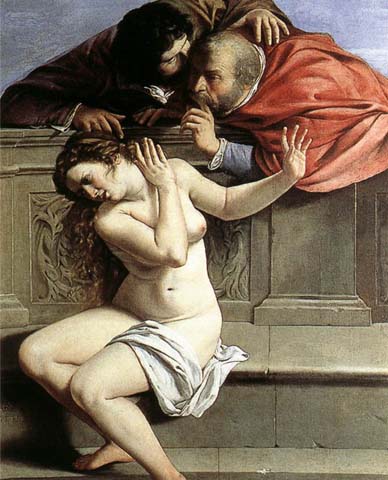
Amicizie illustri e successo internazionale
Illustrious friendships and international success
Nonostante le difficoltà, Artemisia continuò la sua carriera con grande successo. Sposatasi, si trasferì a Firenze, dove lavorò con il sostegno del Granduca Cosimo II de’ Medici e mantenne amicizia con personalità come Galileo Galilei. Un segno che il talento — e una donna determinata — non si possono fermare!
Despite her hardships, Artemisia continued her career with great success. After marrying, she moved to Florence, working under the patronage of Grand Duke Cosimo II de’ Medici and befriending figures like Galileo Galilei. Proof that talent — and a determined woman — can’t be kept down!
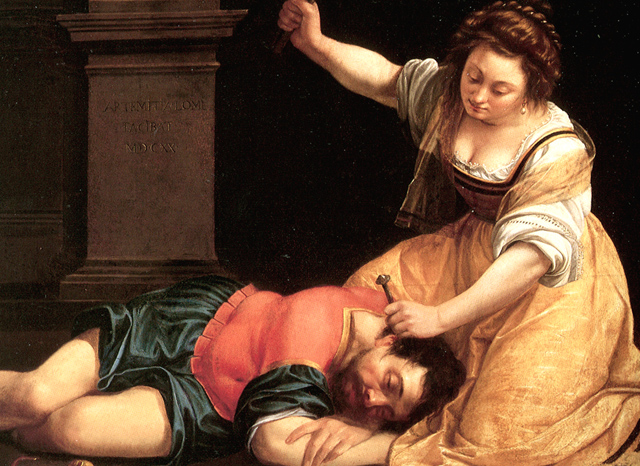
Pennelli, Passione e la Forza di Artemisia”
Brushes, Passion, and the Strength of Artemisia
Quindi, la prossima volta che vedete un quadro di Artemisia, ricordate: dietro ogni pennellata c’è una storia di coraggio, talento… e un pizzico di vendetta artistica. E voi? Siete pronti a dipingerla… o solo a pitturare casa?
So, the next time you see a painting by Artemisia, remember: behind every brushstroke there’s a story of courage, talent… and a dash of artistic revenge. And you? Are you ready to paint her… or just paint your living room?
Artemisiai Gentileschi l’intervista ad Emma Dante
🇮🇹 Un consiglio dalla Matta 🇮🇹
Matta Italian Language Tip!
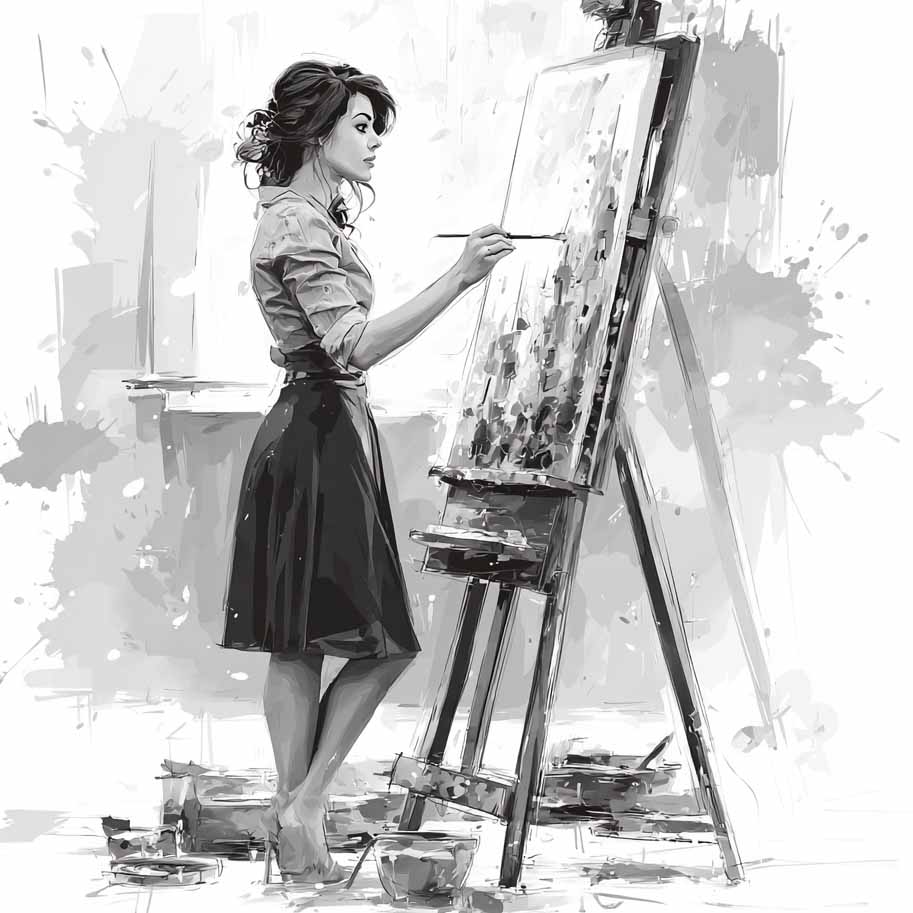
Dipingere means to paint
Pitturare means to paint
Imbiancare means to paint
In Italian, to say “to paint a picture,” we use the verb dipingere (Ho dipinto un quadro – I painted a picture). But if you say “Ho pitturato” or “Ho imbiancato,” you’re talking about painting or whitewashing a wall, not creating a work of art!
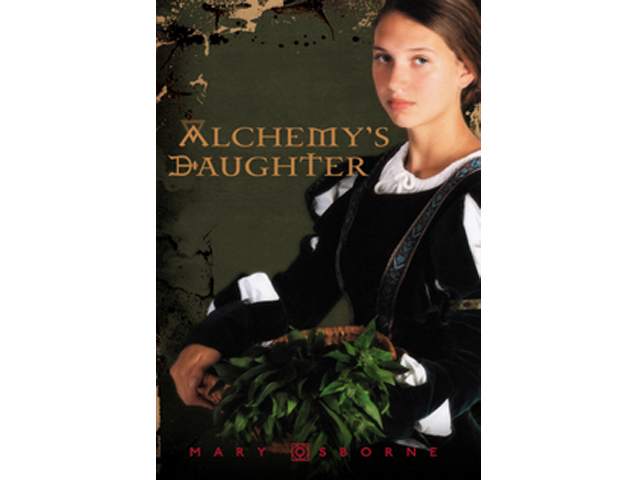


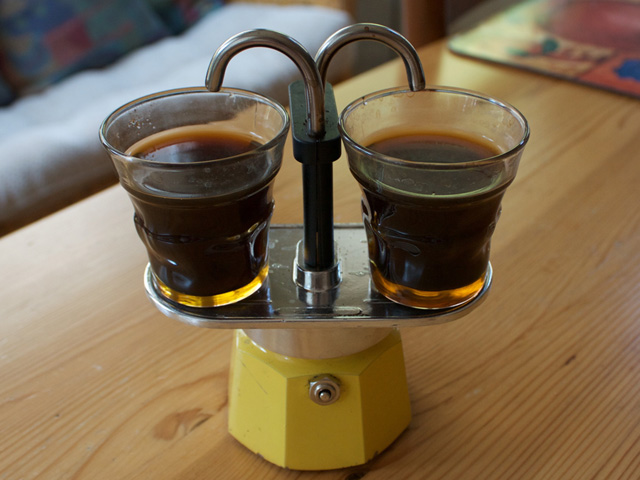



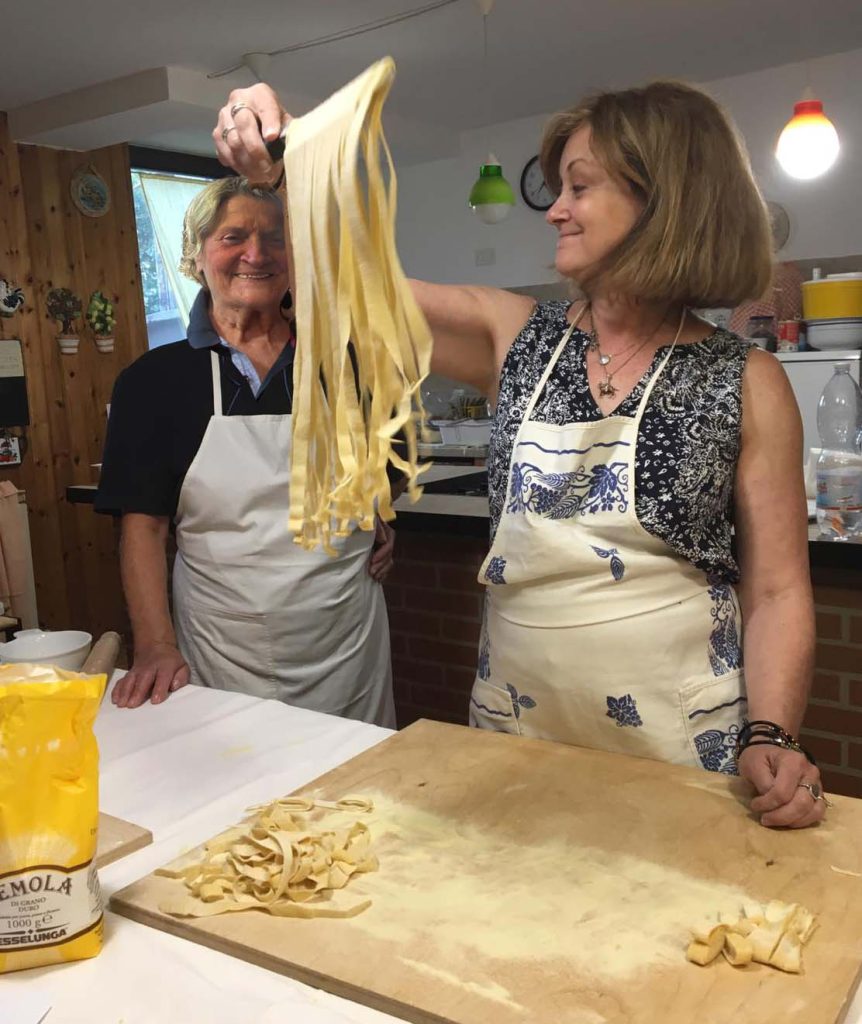

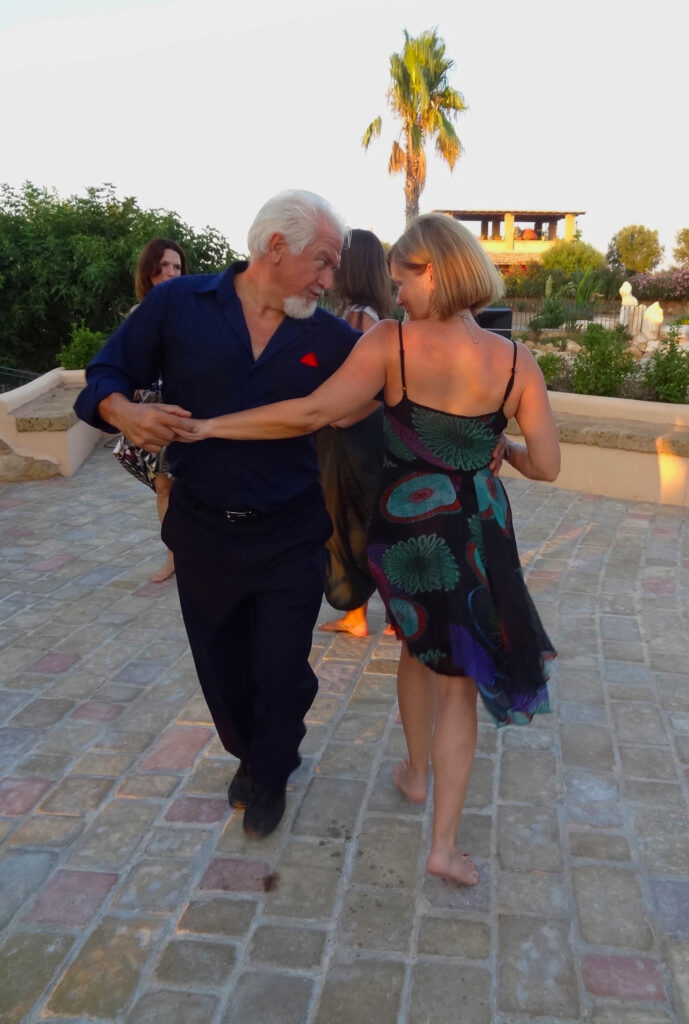

Grazie mille per questo blog! Sono una fan di Artemisa Gentileschi, una talentosa pittora e una personalità affascinante.